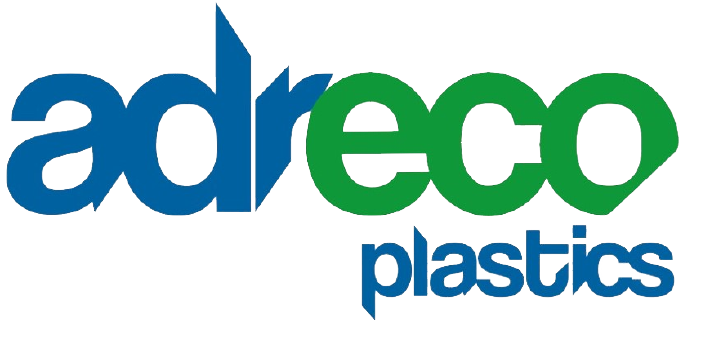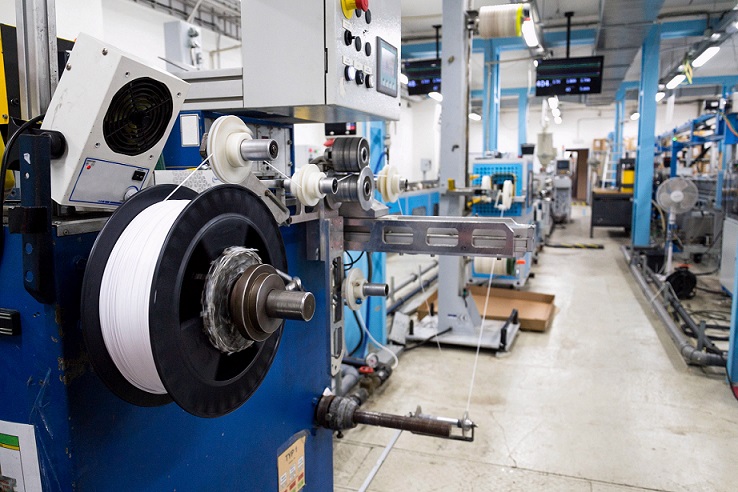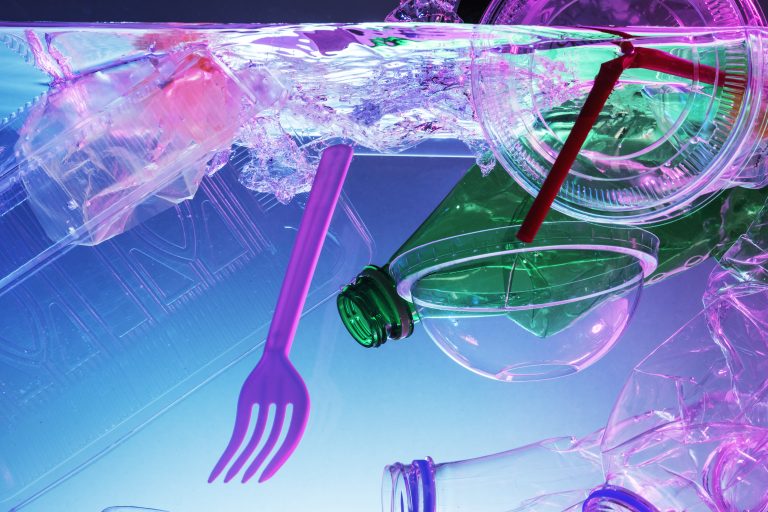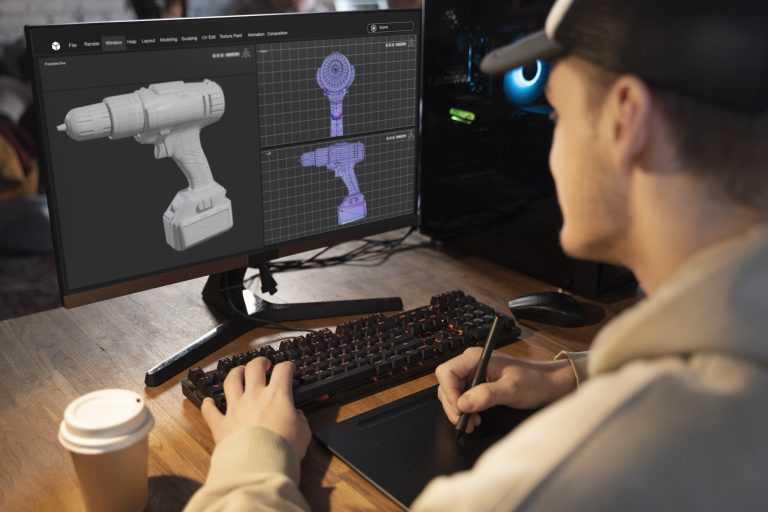There are several types of plastic moulding processes that create different types of components and products. A good plastic moulding company will be able to advise on which method is the best suited to any particular project. Two popular methods are extrusion moulding and injection moulding. Both offer advantages and disadvantages when compared against each other. Additionally, both can produce high volumes of quality, cost-effective plastic components for use across multiple sectors. So, what is the difference between each plastic moulding process? let’s find extrusion versus injection moulding in detail.
What is plastic extrusion moulding?
Extrusion moulding is used when tubes or linear shapes are needed. The process begins with melting plastic pellets added to a plastic moulding machine. The plastic is poured into a hopper and passed via rotating screws through a heater into the machine’s barrel. The plastic is heated slowly to retain quality and the melting process is further helped by the friction and pressure inside the barrel.
The plastic is formed into a rod and decontaminated before moving towards the die. This has been carefully measured and crafted to enable it to produce a plastic extruded tube of the required diameter. The tubing is then cooled with water and fans before being removed from the machine. Production can be continuous and is normally highly accurate.
What is plastic injection moulding?
Plastic injection moulding is a similar process involving plastic pellets being fed from a hopper into the main injection machine. From there, they are heated and melted into a liquid state. The liquid plastic then enters the mould cavity. This is a hollowed-out shape that has been designed to meet the customer’s bespoke specifications. The molten plastic coats the inside of the cavity and the thickness of the new component’s ‘walls’ is carefully calculated. Once the component is in place, the machine cools the plastic so that it solidifies. It is then extracted from the machine and checked for quality before the process begins again with the next component.
What materials are used for both processes?
There is a wide range of plastic resin and polymer types, each one with its own set of specific properties that render it suitable for different components and applications. For example, the finished plastic parts may need to be flexible or rigid, transparent or opaque, recyclable or single-use etc. Plastic moulding supplies may need to be resistant to corrosion, chemicals, wear and tear and so forth. Packaging and medical plastics must be hygienic. Some examples of polymers that are used in both manufacturing processes are:
· Acrylic (PMMA)
· Acrylonitrile butadiene styrene (ABS)
· Nylon (polyamides)
· Polycarbonate (PC)
· Polyethylene (PE)
· Polyoxymethylene (POM)
· Polystyrene
· Polyvinyl chloride (PVC)
· Thermoplastic elastomer (TPE)
· Thermoplastic polyurethane (TPU)
What can be made by each process?
Extrusion moulding tends to be the popular choice for plastic tubing and pipe products. It is also commonly used for plastic films, thin sheeting and coatings, wire insulation, filaments and fibres. Some examples of applications that suit extrusion moulding particularly well include drinking straws, automotive fuel lines, gas and water pipes, window glazing, glass replacements and ‘blister’ packaging.
Conversely, plastic injection moulding is ideal for the mass production of automotive parts, construction components, medical tubes, containers and packaging, electronics components, food and drink packaging, toys, bottles and cosmetics packaging.
It is great for producing several components that are identical to factory machinery parts or engine components that must align precisely with other sections of the machine or engine to work correctly. Finally, the process offers excellent versatility with regards to textures, finishes and opacity. So, it is ideal for plastic projects that require branding and attractive aesthetics.
What are some of the advantages and disadvantages?
Extrusion moulding offers many advantages, not least the ability to continuously produce long tubular components with a high degree of accuracy. This helps to lower production costs and reduce machine downtime. The manufacturing process enables any waste plastic to be gathered up and reused in a future project. Most extruded plastic products are recyclable too, helping companies to be more sustainable in their manufacturing goals. However, disadvantages include the fact that the plastic can swell when extracted from the die, so the distortion needs to be accounted for in initial calculations. It also has more limits on the type and shape of parts that can be created as compared with injection moulding techniques.
Injection moulding advantages include the versatility and speed of the process. Almost any plastic component or shape can be produced, usually with short lead times. This versatility is down to the custom plastic moulding cavities that can be designed to suit almost any specification. The process enables flexibility around colour, material and texture. Costs are relatively low and there is little waste as excess plastic can be used again. Disadvantages include the fact that there are some design restrictions that must be navigated and accurate costing can be more difficult than with extrusion moulding. This is because the process is not continuous and could require multiple mould cavities to be made





